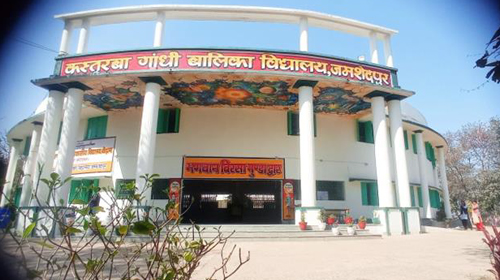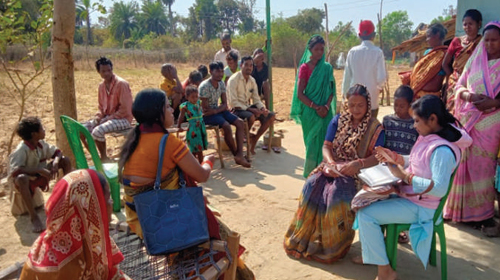Education may be a universal right, but access to it remains uneven. In Jharkhand, India, tribal communities face historical challenges in the formal education system. While many first-generation learners are taking a leap forward, a significant number, especially girls, drop out due to factors like migration, seasonal agricultural work, and menstrual hygiene concerns.
While behavior change and improved services can address some of these issues, community buy-in and collaboration are crucial for long-term success. The story of the School Management Committee (SMC) at Kasturba Gandhi Balika Vidyalaya in Jamshedpur exemplifies this perfectly.
This public school in Sundernagar village established its SMC in August 2021. Since then, the committee has actively participated in improving the school environment. Last year, they noticed a worrying trend – 10 girls were out of school after the COVID-19 pandemic.
Determined to address this issue, the SMC members embarked on a proactive approach. They organized an enrollment drive, visiting six hamlets to engage with parents and guardians. Through detailed discussions, they emphasized the importance of education for all, particularly girls. They addressed concerns about regular attendance, menstrual hygiene management at school, and the overall value of formal education.
These interactive sessions empowered parents with a deeper understanding of the education system and established a direct connection with the school. As a result, four girls returned, and six more were newly enrolled, bringing the current out-of-school rate to zero.
This initiative demonstrates the transformative power of community engagement. By making the education system more accessible and less intimidating, the SMC is bridging the gap for underserved communities. This aligns with CInI’s mission of creating a holistic and accessible learning environment for rural-tribal communities, tackling both micro and macro challenges within the system.

